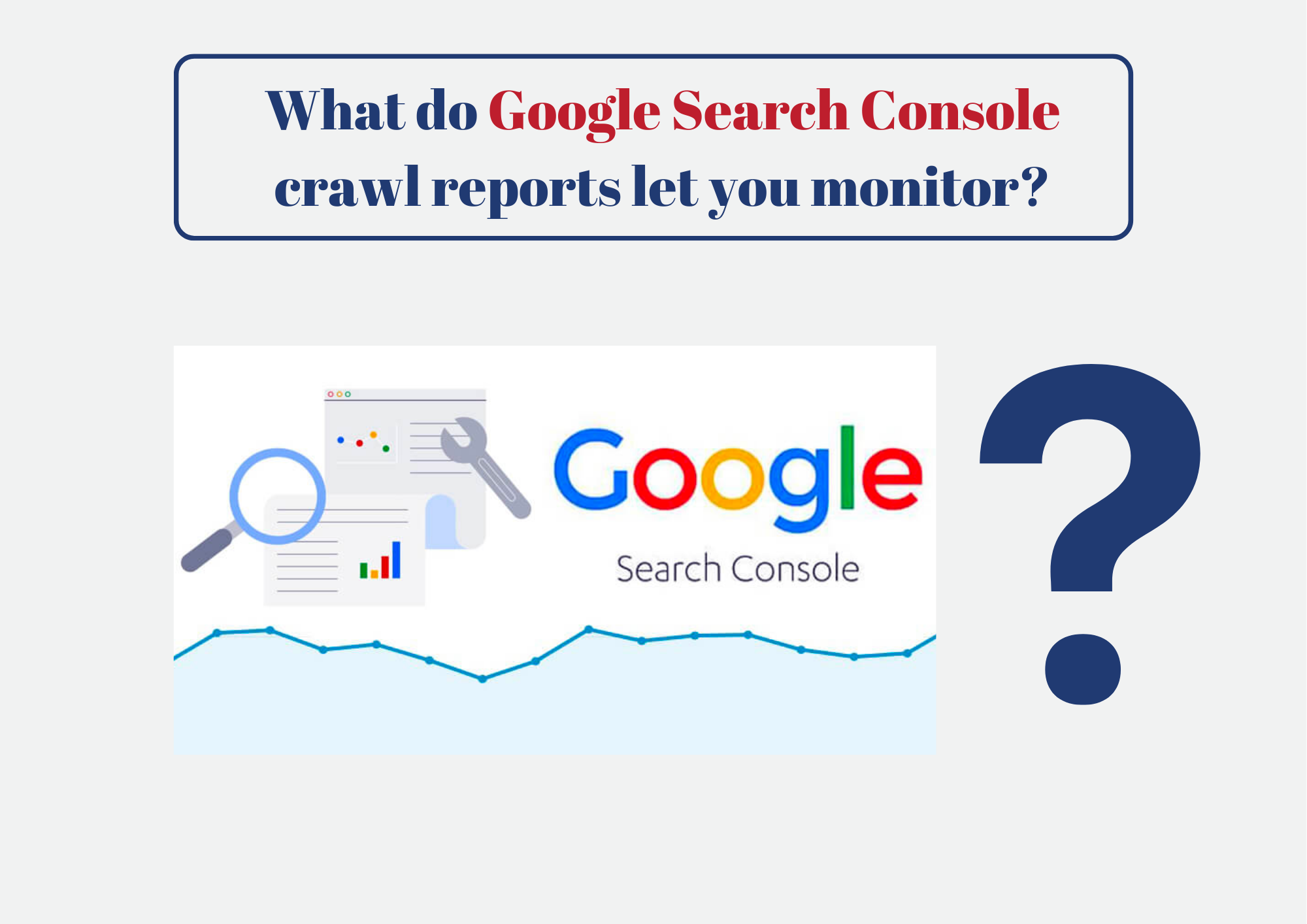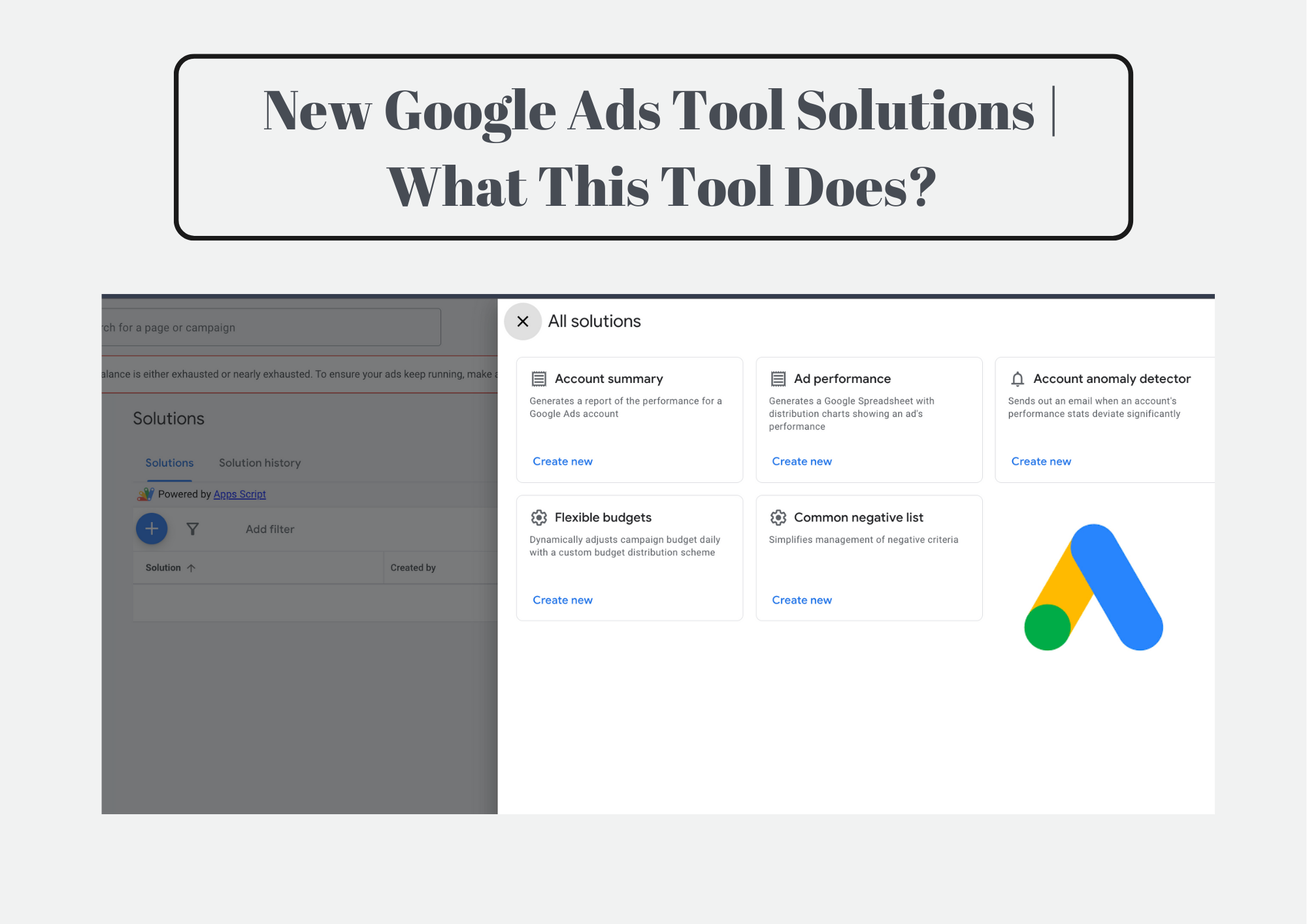
Unveiling the Secrets of robots.txt: Your Essential Guide to Technical SEO Magic
Imagine your website as a magnificent castle, teeming with valuable treasures – your content. But how do you ensure search engines, the curious explorers, discover everything within your walls? Enter robots.txt, the elegant gatekeeper that welcomes and guides their journey.
Often shrouded in mystery, robots.txt holds the key to unlocking powerful technical SEO benefits. Mastering its language empowers you to control how search engines crawl and index your website, ultimately influencing its visibility and search ranking.
Fear not, fellow SEO adventurers! This comprehensive guide will be your torch, illuminating the inner workings of robots.txt and equipping you with the knowledge to optimize it like a pro. Let’s embark on a quest for clarity, unraveling its mysteries and unveiling its potential for SEO magic.
Demystifying the robots.txt Labyrinth: A Tour for Clarity
Imagine a grand library filled with countless doors, each leading to a unique chamber of information. This, dear reader, is your website, and the doors are your web pages. But who decides which doors search engines like Google can open? Meet robots.txt, the elegant librarian guiding their exploration.
Forget complex jargon and confusing syntax. Think of robots.txt as a simple set of instructions written in plain language (well, almost!). These instructions, called directives, tell search engines which pages they’re welcome to explore and which ones should remain hidden. It’s like creating a personalized map for each search engine, ensuring they discover your most valuable content with efficiency.
Now, let’s dispel some common myths:
- Myth: robots.txt hides everything? Reality: It only controls crawling and indexing, not overall visibility. Think of it as guiding their path, not locking them out completely.
- Myth: It’s a one-time setup? Reality: Like your website, robots.txt needs regular updates. New content? Algorithm changes? Adapt your map to stay ahead!
Don’t worry, we’ll break down the key directives – allow, disallow, crawl-delay – in simple terms, making you comfortable speaking the librarian’s language. You’ll be able to:
- Open the right doors: Grant access to valuable pages like blog posts and product listings.
- Close unnecessary ones: Hide internal search results or duplicate content, ensuring efficient crawling.
- Set the pace: Use “crawl-delay” to control how quickly search engines explore your website, preventing overload.
Crafting Your Masterpiece: Building the Perfect robots.txt
Now that we’ve demystified the fundamentals, let’s move from understanding to action. Remember, a well-structured robots.txt acts as a clear roadmap for search engines, ensuring they prioritize your most valuable content. Here’s how to build your masterpiece:
1. Embrace Simplicity:
Think of your robots.txt as a concise document with clear instructions. Avoid complex structures and unnecessary directives. Stick to the essentials:
- Start with a user-agent: This specifies which search engine (Googlebot, Bingbot, etc.) the instructions apply to.
- Use “allow” for essential pages: Grant access to your homepage, main categories, blog posts, etc.
- Employ “disallow” strategically: Keep out internal search results, test pages, or duplicate content.
- Consider “crawl-delay” if needed: This helps manage server load for large websites.
Remember, clarity is key! Search engines appreciate a well-formatted robots.txt, making their job easier and ultimately benefiting your SEO.
2. Avoid Common Pitfalls:
Don’t let these mistakes trip you up:
- Blocking important pages: Double-check that you haven’t accidentally hidden valuable content by mistake.
- Forgetting mobile crawlers: Ensure your robots.txt caters to both desktop and mobile search engines.
- Neglecting updates: As your website grows, update your robots.txt to reflect new content and changes.
By being mindful of these common pitfalls, you can ensure your robots.txt serves as a valuable asset, not an unintended roadblock.
3. Optimize for Success:
Now, let’s elevate your robots.txt to the next level:
- Utilize wildcards effectively: Control access to entire directories with patterns like “/search?*”.
- Leverage sitemaps: Guide search engines to important pages using a dedicated sitemap file.
- Stay informed: Keep an eye on algorithm updates and best practices to continuously refine your robots.txt.
Advanced Techniques: Unlocking the Secrets Within
Congratulations, SEO warrior! You’ve conquered the foundational aspects of robots.txt and are well on your way to mastering its magic. Now, let’s venture into the realm of advanced techniques, unveiling deeper secrets to optimize your website’s crawling and indexing efficiency.
1. User-Agent Specific Directives:
Remember those user-agents we mentioned earlier? They act like different explorers with varying needs. With advanced directives, you can tailor your instructions to each visitor:
- Target specific crawlers: Address different mobile bots or social media crawlers with individual rules.
- Control parameter handling: Specify how search engines should treat dynamic URLs with parameters.
- Fine-tune crawling behavior: Utilize crawl-delay for specific user-agents or pages.
By wielding this granular control, you ensure a customized experience for each search engine, optimizing crawling efficiency and prioritizing your most valuable content for each visitor.
2. Large Websites & Dynamic Content:
Managing a sprawling website with constantly changing content? Fear not! Robots.txt offers tools to navigate this complexity:
- Wildcards mastery: Employ patterns like “category/” to control access to entire sections dynamically.
- Sitemap integration: Guide search engines to newly created pages through your robots.txt-linked sitemap.
- Advanced exclusion options: Leverage directives like “noindex” and “nofollow” for granular control over indexing and linking behavior.
With these techniques, you can ensure search engines efficiently discover and index your dynamic content, regardless of its size or complexity.
3. Tools & Resources: Your SEO Arsenal:
Remember, no warrior goes into battle without the right tools. Here are some valuable resources to empower your robots.txt mastery:
- Robots.txt generators & validators: Simplify creation and ensure syntax correctness.
- SEO monitoring tools: Track crawling activity and identify potential issues.
- Industry reports & guides: Stay updated on best practices and algorithm changes.
Free and Paid Tools to Optimize Your Robots.txt File
Optimizing your robots.txt file is crucial for ensuring search engines crawl and index your website efficiently. But navigating the technical aspects and best practices can be tricky. Luckily, there are several free and paid tools available to help you manage and optimize your robots.txt file with ease.
Free Tools:
- Google Search Console Robots.txt Tester: This free tool by Google allows you to test your robots.txt file and see how Googlebot sees it. You can enter your URL and see if there are any errors or warnings, and you can also test specific user-agents.
- Semrush Robots.txt Checker: This free tool by Semrush provides a basic overview of your robots.txt file, including any errors or warnings. It also highlights potential issues and offers suggestions for improvement.
- Moz Robots.txt Generator: This free tool by Moz helps you generate a basic robots.txt file for your website. It asks you a few questions about your website, such as whether you want to block any directories or files, and then generates a robots.txt file for you.
- SEOquake: This free browser extension for Chrome and Firefox provides a variety of SEO tools, including a robots.txt viewer. You can use this tool to view your robots.txt file directly on your website.
Paid Tools:
- Screaming Frog SEO Spider: This paid tool is a powerful website crawler that can be used to audit your website for a variety of SEO issues, including robots.txt problems. It can also be used to generate a robots.txt file for you.
- Raven SEO Tool: This paid tool offers a variety of SEO features, including a robots.txt checker. It can identify errors and warnings in your robots.txt file, as well as suggest improvements.
- Ahrefs Robots.txt Report: This paid tool provides a comprehensive report on your robots.txt file, including any errors, warnings, and suggestions for improvement. It also allows you to compare your robots.txt file to your competitors’.
Additional Tips:
- Keep your robots.txt file simple and easy to understand.
- Test your robots.txt file regularly to make sure it is working correctly.
- Update your robots.txt file whenever you make changes to your website.
- Use a combination of free and paid tools to meet your specific needs and budget.







